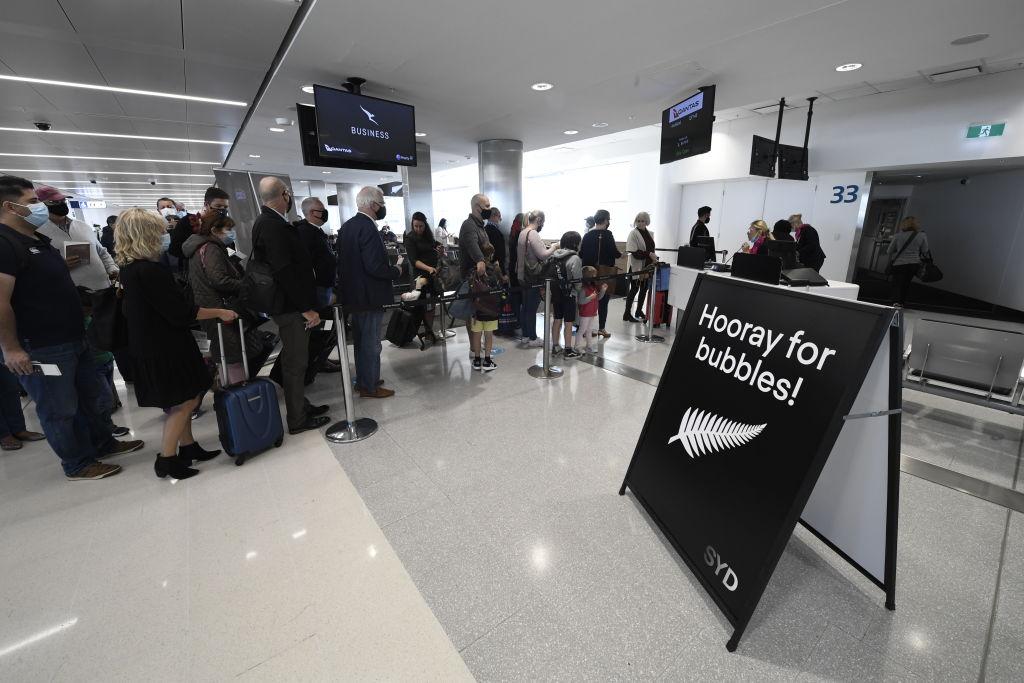Daily Memo: Disruption Uncertainty Is The Travel Bubble’s Achilles Heel

Credit: James D. Morgan / Getty Images
The travel bubble established between Australia and New Zealand may be groundbreaking, but two brief suspensions within the space of two weeks highlight the challenges facing such an approach. The instances of major travel disruption at short notice have dented public confidence in the arrangement...
Subscription Required
This content requires a subscription to one of the Aviation Week Intelligence Network (AWIN) bundles.
Schedule a demo today to find out how you can access this content and similar content related to your area of the global aviation industry.
Already an AWIN subscriber? Login
Did you know? Aviation Week has won top honors multiple times in the Jesse H. Neal National Business Journalism Awards, the business-to-business media equivalent of the Pulitzer Prizes.

